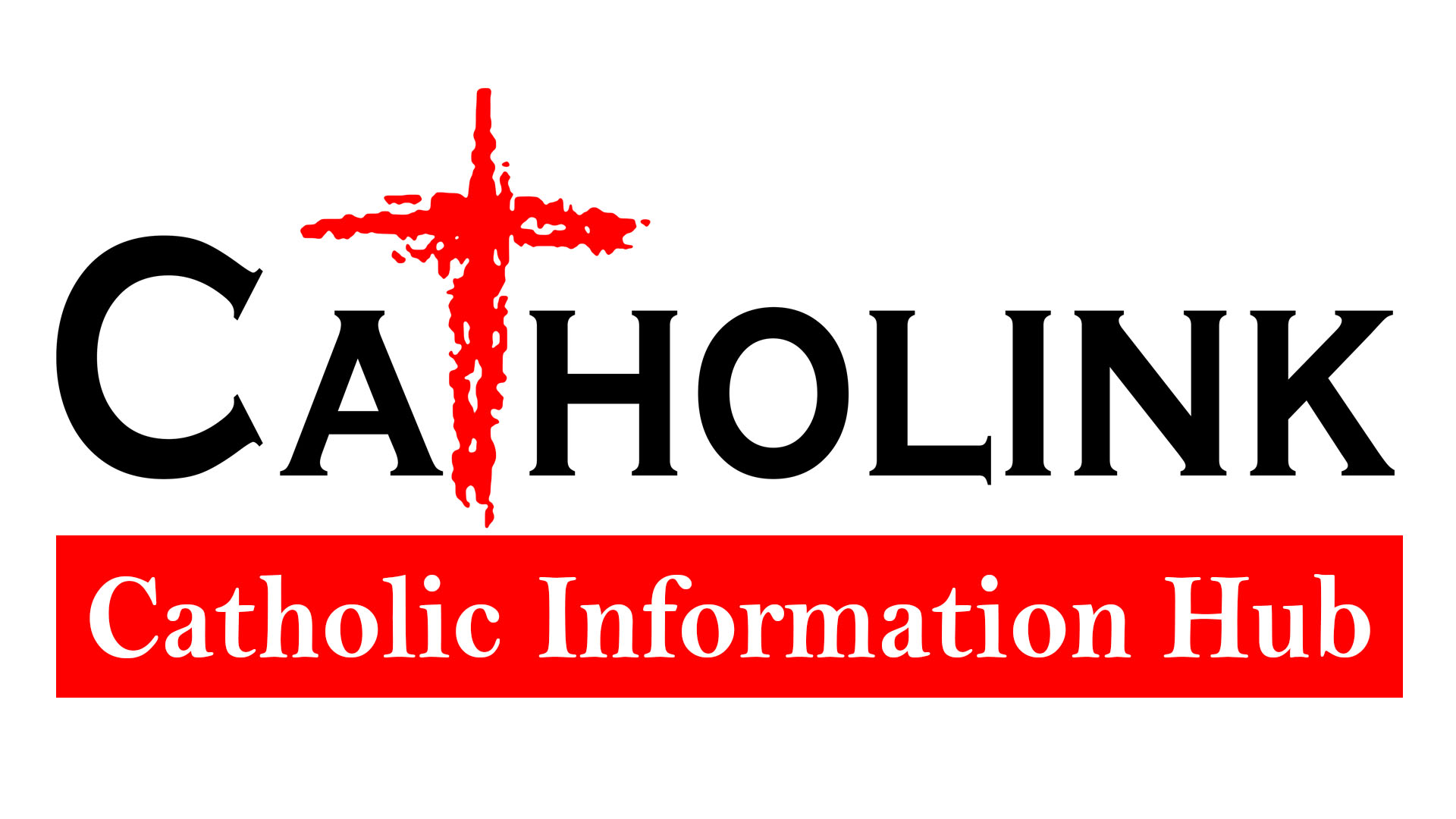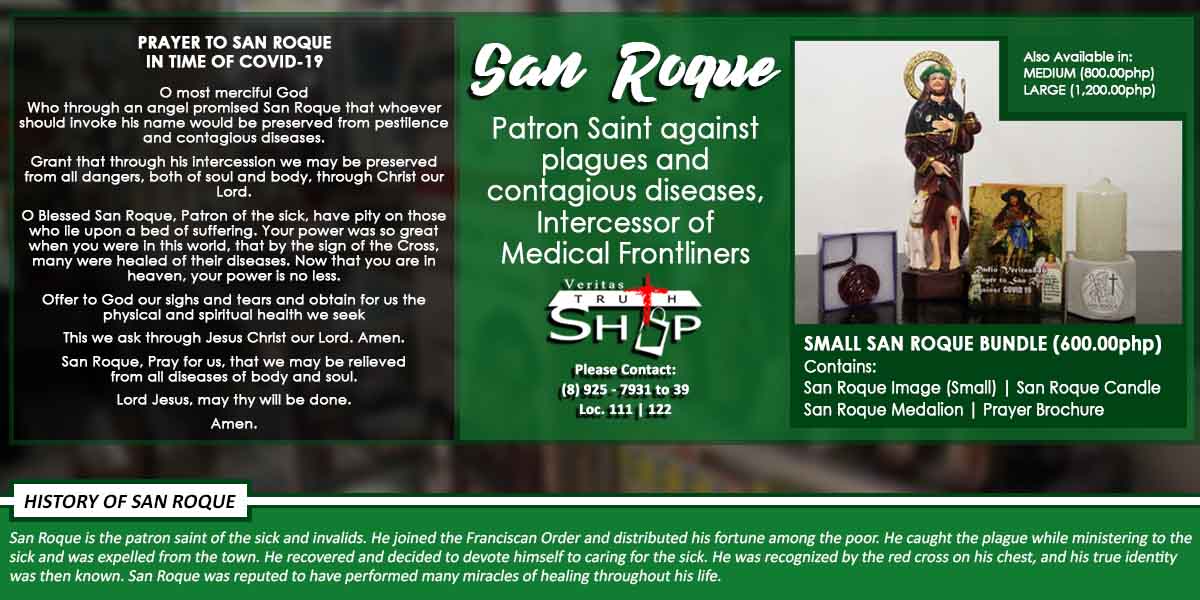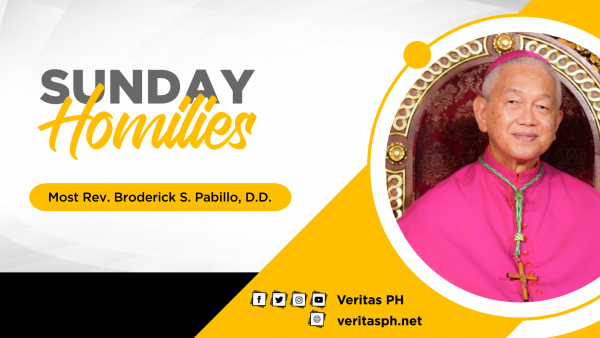355 total views

The “temporal” narrative of the descent of the Holy Spirit (so with the Ascension of the Lord before that) is found only in St. Luke’s Acts of the Apostles (2:1-11, today’s second reading), recounting ‘a strong driving wind coming from the sky filling the entire house where the first Christian community was gathered’, (vv1-4). It was the Jewish feast of the Pentecost, (for its origin, history, and development, (cf s1S#32, 5/23/21).
Etymologically the noun “pnoē“ (πνοή) is related to the Hebrew word “ruah”, the Greek “pneuma” and the Latin “spiritus” which basically means “wind”, “air in motion”, “breath”. The root meaning is power. Apart from human and animal power, wind was the main observable energy source in the ancient world. It was experienced as a cool, refreshing breeze (Gen 3:8), as a strong wind (Ex 10:13,19), and as a hurricane or tornado (1 Kgs 19:11). As with water and fire, the wind in ancient understanding has the property that allows it to be “be poured out”, as in the pouring out of the spirit of God (cf Ez 39:29; Is 32:15; Joel 3:1f). And since our ancestors in the faith perceive and understand God from a human perspective, He is shown acting in human life through his vital power or spirit, his breath, which he “sent, placed or poured”, (cf Is 48:16, 63:11).
In the NT this divine power becomes personified. Sent by the Father and “breathed on” by the Son (John 20:22; cf s1S#88, 5/06/22), this act of the risen Jesus imitates the moment of creation when God “blew” up the nostrils of Adam and brought him to life (Gen 2:7), thus recreating these human beings as children of God. While In Lk tongues of fire appeared after the strong wind, (Acts 2:3-4), reminding them of the fire which he brought on earth and wished it is already blazing (Lk 12:49).
As we celebrate the coming of the Holy Spirit we thank God for the gift of new life not only for us individually but also for the birth of the Church, the body of Christ to which we all belong to. And with fire enkindled in our hearts, may it embolden us to proclaim his gospel of forgiveness and love not necessarily in tongues but by our Spirit-filled lives. Amen.
Breath on
The gospel of John does not present an extended temporal sequence (as Luke did) of post-Easter events: appearances, ascension, and Pentecost. For John, these are but different aspects of a single transcendent event, the resurrection-exaltation of Jesus. Thus the first appearance of Jesus to his disciples (20:19-23, the gospel for Pentecost Sunday), occurs on the evening of the resurrection. He has already gone to the Father (20:17); his now glorified state is indicated by his appearance behind locked doors (vv19, 26) and his conferral of the Spirit and its accompanying peace (v19, 21, 22, 26).
This is the high point of the post-resurrectional activity of Jesus where the breathing forth of the Spirit is central (v22). The verb ‘emphysáō’, (ἐμφύσαω) is rare and found here only. It echoes LXX of Gen 2:7, the creation of man where God breathed into his nostrils the breath of life. It is used again in Wis 15:11 rephrasing the creation account: ‘breathing into him a living spirit’. And in the vision of the valley of the bones in Ez 37:3-5 where the “son of man” prophesied to the dry bones that ‘I will cause breath (spirit) to enter you and you shall live’. Thus Jesus breathes his own Holy Spirit into the disciples giving them eternal life and a pledge of divine begetting to all future believers who will hear his word. And with the conferral of the Spirit is the forgiveness of sins that will bring about peace, the restoration of harmony between God and creation and within the created order itself. This ministry of forgiving and granting peace by Jesus is entrusted and continued by his apostles and their successors.
The Pentecost celebration is a reminder therefore about new life. The Holy Spirit transformed the confused and fearful disciples into the Body of Christ and being breathed with the very mind of Christ, a whole new understanding, became a new creation. This is what we celebrate today, the birthday of the Church, the Body of Christ. and it happens to each one of us when we are baptized and confirmed and remain as members of his body every time we are forgiven and get reconciled after sinning. And like the disciples, we received the mission and are empowered to continue the work Jesus has begun, according to each gift one has received to complete God’s kingdom on earth and realize his gift of peace on earth by the guidance and power of the Holy Spirit.
Pentecost
There are three great annual festivals that the Jews are obliged to observe as prescribed in Ex 23:14-17, (cf also 34:18-34; 2 Chr 8:13). The second of these, coming between the Feast of Passover/Unleavened Bread and the Feast of the Tabernacles/Booths, is called the Feast of Weeks/Harvest and eventually referred to as Pentecost as well, because it occurs 7 weeks after the beginning of the grain harvest, or 50th day after the Sabbath of the Passover week, (cf Dt 16:9-16; Lev 23:15-16). Thus the word Pentecost, the transliteration of ‘pentēkostē’ ( πεντηκοστἡ ), which literally means ‘fiftieth’. [The exact term appears in the Septuagint (LXX) twice, cf Tob 2:1; 2 Mc 12:32]. From its original agricultural context, it began to be associated with the religious history of the Hebrew people, which the book of “Jubilees” identify it with the covenant between God and Noah, (Jub 6:1-21, cf Gen 8:20-22, 9:8-17). And probably only after the destruction of the Temple in A.D. 70 that Pentecost was finally transformed into an observance of the giving of Torah on Mt. Sinai, alluding to the time interval between Passover and the arrival at Sinai (cf Ex 19:1).
In the NT, Paul refers to his plan to stay in Ephesus until Pentecost (1 Cor 16:8), implying that it had become a Christian observance as early as Paul’s time, (Acts 20:16; cf. also Rom 11:16). It is in the book of Acts (2:1-42) the description of the first Pentecost after the death and resurrection of Jesus where one could get the Christian meaning of the event, associated with the outpouring of the Holy Spirit as Jesus has promised, (Acts 1:8). Aside from the fulfillment of the promise of the Lord, the event is interpreted by Peter as fulfillment as well of the prophecy of Joel 2:8-3:2, when each one would receive the Spirit of the Lord, (cf. also Nm 11:29) and of Ezekiel 36: 24-28 when God would cleanse his people, change their hearts of stone to hearts of flesh and fill them with Spirit. This event could also be an allusion to the Tower of Babel where the diversity of tongues is once again united into one by the Holy Spirit, (Gen 11:1-9).
The Pentecost, then, means that just as the produce of the earth is the generous gift of God, so is the Spirit, his supreme gift, the outpouring of which is the harvest of all the works of God, the greatest of which was the resurrection of Jesus. And just as it is the celebration of the Old Covenant and giving of the Law on Mt. Sinai, so the gift of the Spirit is the fulfillment of the gift of Law and recognition of the New Covenant written by the Spirit on the hearts of the disciples. With that gift the Church is now empowered to address herself to all nations and to be understood by them, fulfilling the mission which was commanded to her by Jesus.

















